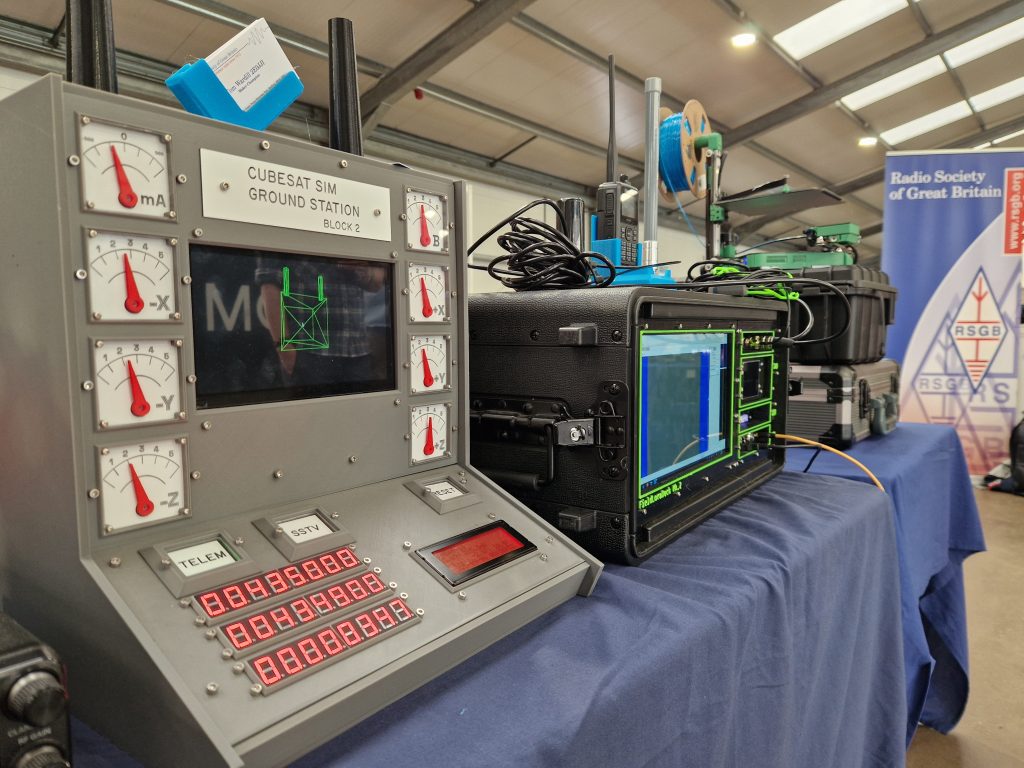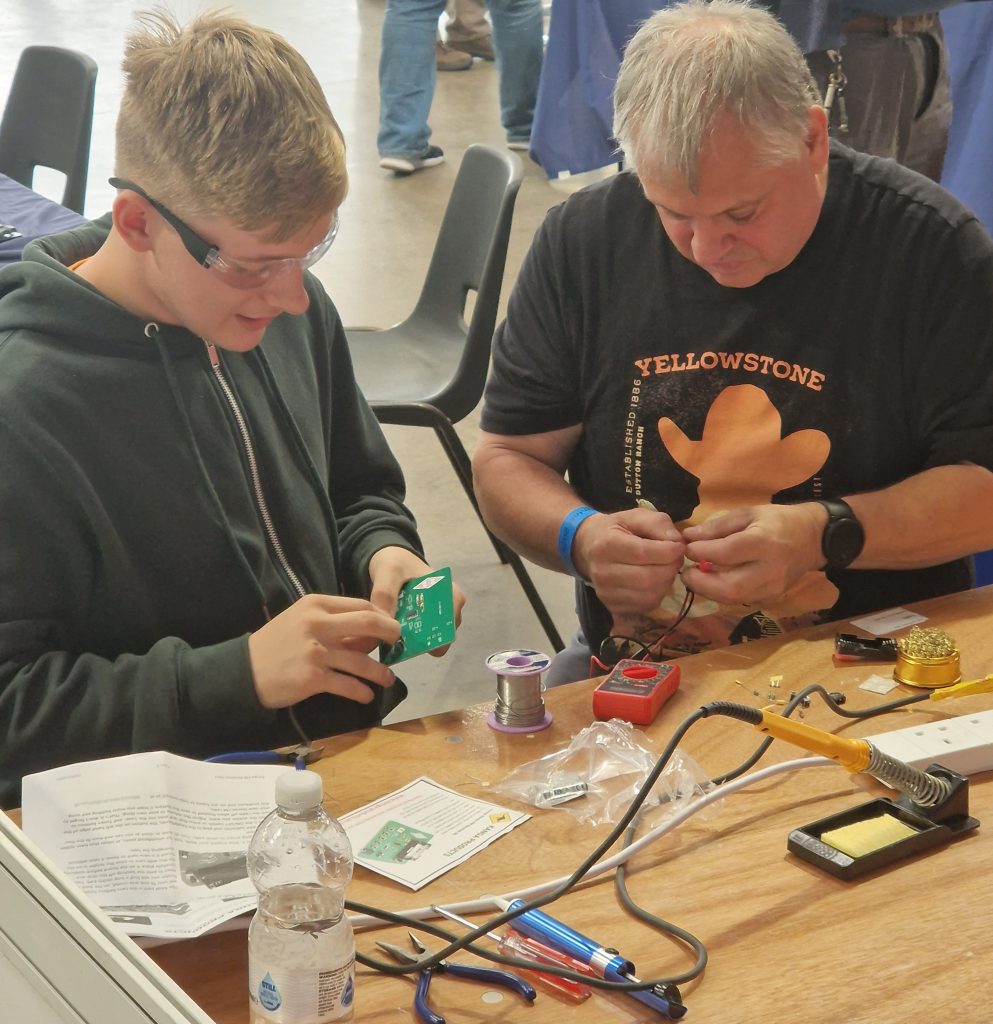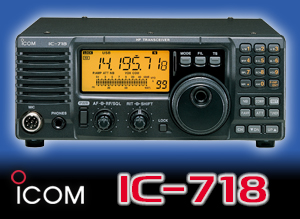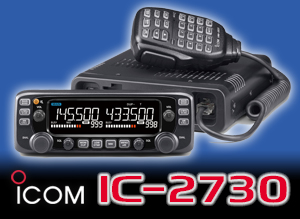November 2025 – Strategic priorities update
Supporting practical activities and learning
Doing practical things has been central to amateur radio for its entire existence. For many of us with original G3 and early G8 call signs the only way to get on the air was to build your own station from components, or through modification of surplus military equipment.
The purpose of amateur radio as defined by the Radio Regulations is self-learning about radio technology, and there is no better way to calibrate and cement your theoretical knowledge than to put it into practice through building and operating radio equipment. Doing practical things is therapeutic and a fulfilling challenge for many. Indeed, for a proportion of amateur radio enthusiasts, it is a fundamental attractor to participation in the hobby.
RSGB has supported this from the very beginning through the publication of RadCom and its ancestor titles. It has also supported practical activities though its books and information leaflets, and latterly through the web and video material that it makes available. Thus, support for practical activities is a key attractor to prospective RSGB members and a key to keeping existing members. Support and encouragement of practical activities are thus an important element of the RSGB’s Growth and Membership strategic objectives.
However, times change, and our support of practical activities needs to evolve in sympathy. Whilst we have both a need and a duty to support those who have a more traditional perspective on amateur radio, we need to recognise that the needs and skills of newcomers to amateur radio may be different.
Practical activities at Hamfest

At the National Hamfest in September the theme of the RSGB stand was practical activities. This was well received by many of those present and it’s worth highlighting what we showed.
At the centre of the stand was a display of radio-related activities by the new RSGB Maker Champion Tom Wardill, 2E0JJI. Tom provided a variety of displays such as a large microsat orbiting the moon, and several large items of equipment, the common ingredient being that they were all 3D printed and/or home constructed.
Morse continues to be popular, particularly with young people, so we were pleased to welcome the new RSGB Morse Champion Laura Robertson, MM7BFL, along with our Morse Competency Project Lead Eric Arkinstall, M0KZB who was busy doing Morse proficiency tests during the event. We also invited the inventor of a new Morse game, Alex Johansson, to the stand to work with all those interested in getting enjoyment from this resurging mode of communication.
By way of showing more advanced communication and engaging with those who are keen experimenters but not yet radio amateurs, Board Director Mark Jones, G0MGX was demonstrating a LoRa satellite ground station (TinyGS), a topic that we will cover through other RSGB channels.
Finally on the Saturday of the show we had a buildathon so that those unfamiliar with soldering and construction could gain confidence in these practical activities. It was great to see how busy this was through the day, encouraging people of all ages to build an FM radio receiver kit.
Read our National Hamfest 2025 report featured in the November edition of RadCom.
RSGB LoRa HAB balloon challenge
By the time you read this the RSGB will have launched its Legacy-funded High-altitude balloon flying a 70cm LoRa relay. Hopefully many of you took the opportunity to learn about and experiment with technology and will keep the boards ready to reconfigure them as APRS units. You can find a guide on our website that will explain how to do that.
More practical activities at the RSGB Convention
The RSGB Convention has an even greater emphasis on practical activities this year. There will be a return of the popular introduction to Arduino workshop and there is also a beginner’s workshop on building an end-fed halfwave antenna. However, we are supplementing this with the return of the concept of a technical workshop on the Friday before the Convention. This year will see a morning session, targeted at those with prior experience of using an Arduino, in which students will learn how to program a AD9850 and an ADF4351 frequency synthesizer. In the afternoon students will learn how to use AI techniques to enhance the programs they worked with in the morning and to control the synthesizers through a web interface.
If these workshops prove successful and popular we plan to take them on the road so that RSGB members in other parts of the county can access learning about this technology.
These activities are all volunteer led, with volunteers contributing the engineering knowledge and skills needed to put them in place.
RSGB digital platform
Finally, RSGB members with a thirst for the technical output of the RSGB should note that we were showing at the National Hamfest a beta copy of the RSGB app running on a tablet and phone. We launched the web app in May and this currently has access to a 25-year publication archive, but importantly it also showcases the fusion of traditional magazine format material with dynamic material such as video and web integration.
We hope that we have encouraged new and prospective members to embrace the practical aspects of amateur radio and its underlying technology that we have been showcasing. If, like me, you find advanced technology and engineering a motivator in amateur radio, please tell others what we are doing and get them to join us on this exciting journey.
Stewart Bryant, G3YSX
RSGB Board Chair
strategy@rsgb.org.uk
-
You can also find this update in the November 2025 RadCom
Category: RSGB Strategic Priorities











